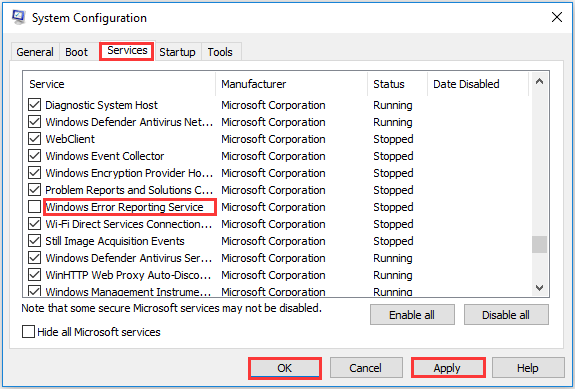

Use the included Remove Classic User Accounts From Control Panel.reg file to remove the applet from the Control Panel. It is also visible in the 'Large icons' and 'Small icons' view. You now have All Tasks in the Control Panel.
Now, open the Control Panel and go to User accounts. Double-click the file Add Classic User Accounts To Control Panel.reg and confirm the operation. Close the Control Panel if you have it open. Download the following Registry files (the ZIP archive): Download Registry Files. To Add Classic User Accounts to Control Panel in Windows 10, Using the trick described in the mentioned article, we can prepare a Registry tweak to add the classic User Accounts applet to the Control Panel. In the following image, you will see dozens of custom items added to the Control Panel which are not normally present. How to add anything you want to Control Panel In Windows, it is easy to add custom items to the Control Panel. Enable or disable the Ctrl + Alt + Del secure login feature. Open Local Users and Groups MMC snap-in for advanced user management. Open Credential Manager to manage saved passwords. Specify a password for a local user account. Make Windows 10 automatically sign in to a user account. Using the classic User Accounts applet, you can If you prefer using the classic Control panel, you might want to add some extra applets to it to make it more useful. It has already inherited many options which were exclusively available in the Control Panel. Drag and drop the “Control Panel” shortcut to your desktop.In Windows 10, Microsoft is moving everything from the classic Control Panel to the Modern app called "Settings". Open the Start menu, scroll down to the bottom of the Apps list in the left pane, and click the “Windows System” folder. 
You can create a desktop shortcut to the Control Panel, too. If you use the Control Panel frequently, right-click the Control Panel’s taskbar icon after launching it and select “Pin to Taskbar.” You can then easily launch it from your taskbar. Windows will search for and open the Control Panel application. Still, launching the Control Panel on Windows 10 is very easy: click the Start button or press the Windows key, type “Control Panel” into the search box in the Start menu, and press Enter. On Windows 7, you could click the Start button and click “Control Panel.” On Windows 8 and 8.1, you could right-click the Start button or press Windows+X and click “Control Panel.” Neither of those methods works on the latest version of Windows. Here’s how to find the Control Panel, which is a little more hidden than it was on Windows 7. Some settings appear only in the Control Panel, some in the Settings app, and some in both.

Windows 10 still contains the Control Panel.







 0 kommentar(er)
0 kommentar(er)
